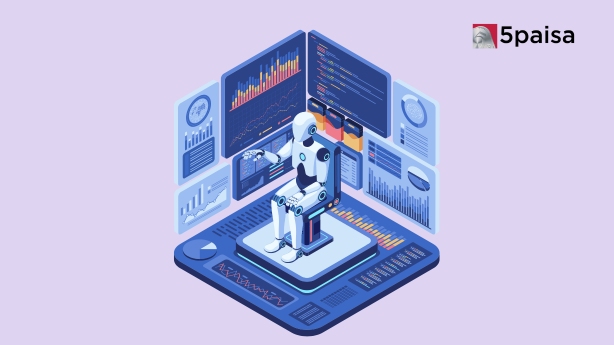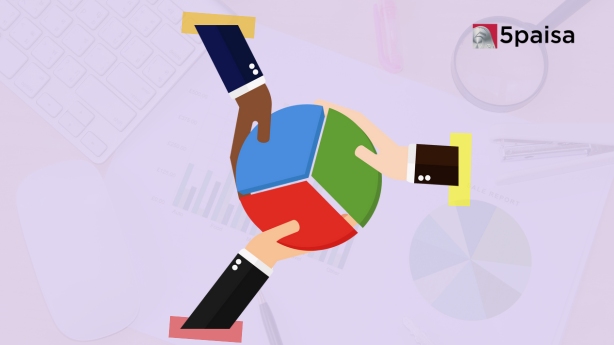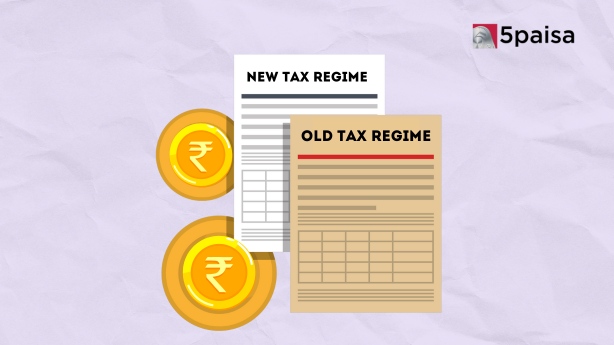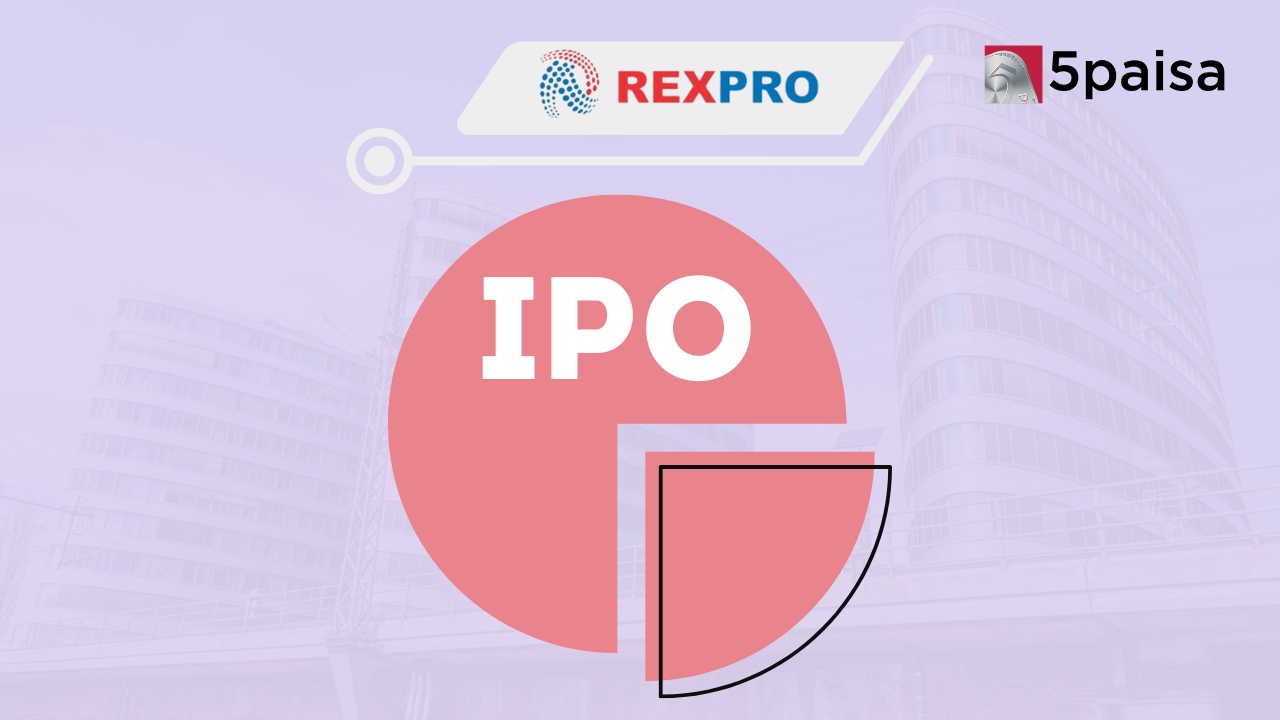3 Technologies Disrupting Finance in 2025: AI, Blockchain & Big Data Revolution
Loan vs Line of Credit
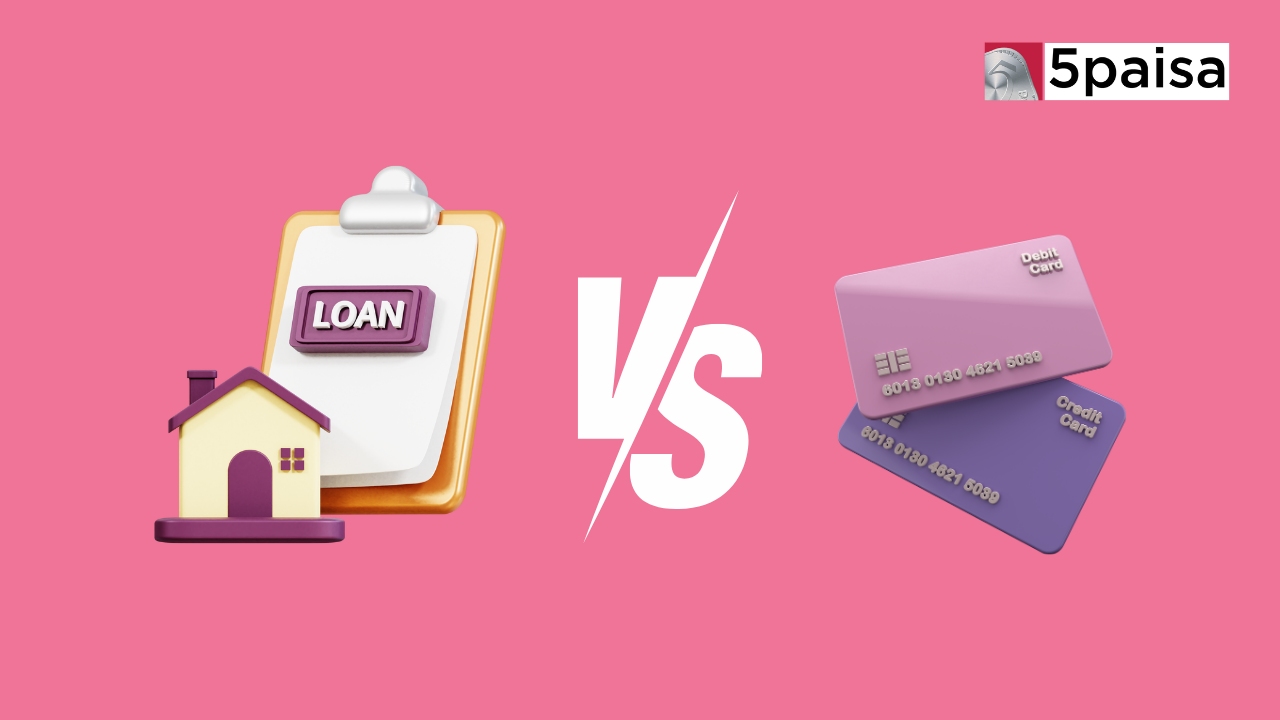
When it comes to borrowing money, individuals and businesses have two main options: loans and lines of credit. While both provide access to funds, they differ in key aspects, including how they are accessed, repayment terms, and interest rates.
What Is a Loan?
A loan is a fixed amount of money borrowed from a lender, typically a bank or a financial institution. The borrower receives the entire sum in one lump payment and is required to repay it, along with interest, over a predetermined period. Loans are suitable for larger, one-time purchases or investments, such as buying a house a car, or funding higher education.
Let's consider an example to understand loans better. Suppose you want to purchase a new car worth ₹5,00,000. You can approach a bank or a lender and apply for a car loan. If approved, the lender will provide you with the entire amount of ₹5,00,000 upfront. You'll then be required to repay the loan and interest in fixed monthly instalments (EMIs) over a specified period, say, five years.
What Is a Line of Credit?
A line of credit, on the other hand, functions more like a credit card or a checking account. Instead of receiving a lump sum, you're approved for a predetermined credit limit to access as needed. You can borrow funds up to the approved limit, repay the borrowed amount, and then borrow again as long as you stay within the credit limit.
Lines of credit are ideal for covering ongoing or unexpected expenses, evening out cash flow, or financing small projects. They offer greater financial flexibility than loans, as you only pay interest on the borrowed amount, not the entire credit limit.
For instance, let's say you're a small business owner, and you've been approved for a line of credit of ₹2,00,000. You can borrow ₹50,000 to cover a temporary cash-flow shortage, repay it, and then borrow another amount when needed without having to reapply for a new line of credit, as long as you stay within the ₹2,00,000 limit.
Difference Between Loan and Line of Credit
While loans and lines of credit serve different purposes, it's essential to understand their key differences to make an informed decision. Here are some notable distinctions:
| Aspect | Loan | Line of Credit |
| Purpose | Loans are typically used for specific, one-time purchases or investments. For example, you might borrow to buy a car or finance a home renovation project. | Lines of credit are better suited for ongoing or unexpected expenses, such as covering monthly bills or handling emergencies. They provide flexibility for borrowing as needed. |
| Access to Funds | With a loan, you receive the entire amount upfront, which you can use for your intended purpose. | A line of credit allows you to borrow funds up to the approved limit as needed. You can withdraw money multiple times if you stay within the credit limit. |
| Interest Rates | Loans generally have fixed interest rates, which remain the same throughout the loan term. This provides predictability in monthly payments. | Lines of credit typically have variable interest rates that fluctuate based on market conditions. While this can lead to uncertainty in payments, it may also offer the potential for lower rates during favourable market conditions. |
| Repayment Terms | Loans have a fixed repayment schedule with equal monthly instalments. You know exactly how much you need to pay each month until the loan is fully repaid. | Lines of credit offer more repayment flexibility. You can make minimum payments based on the outstanding balance, allowing you to manage your cash flow more effectively. However, making only minimum payments may result in a longer repayment period and higher overall interest costs. |
| Collateral | Some loans, such as mortgages or car loans, require collateral, which serves as security for the lender if the borrower defaults. For example, the house or car being purchased may act as collateral. | Lines of credit can be secured or unsecured, depending on the lender's requirements. Secured lines of credit may require collateral, such as home equity, while unsecured lines of credit do not. The presence of collateral can impact the terms and interest rates the lender offers. |
Types of Loans and Lines of Credit
Both loans and lines of credit come in various forms, each tailored to specific needs and circumstances. Here are some common types:
Loans:
● Home Loans: These loans are for buying a home, where the property acts as collateral. They offer long repayment periods, usually 15 to 30 years, with competitive interest rates.
● Car Loans: These loans finance vehicle purchases, with the car itself as collateral. Repayment periods are shorter, typically 3 to 7 years and interest rates are lower.
● Personal Loans: These are unsecured loans for various needs like debt consolidation or weddings. They have higher interest rates and shorter repayment periods, around 1 to 5 years.
● Education Loans: Specifically for education expenses, they offer flexible repayment options and cover tuition fees and other costs.
● Business Loans: These loans, which are aimed at business needs like equipment purchases or expansion, can be secured or unsecured and have terms based on creditworthiness.
Lines of Credit:
● Personal Lines: Revolving credit like a credit card, offering flexibility with unsecured borrowing and variable interest rates.
● Home Equity Lines of Credit: Secured by home equity, these lines are used for home improvements or consolidating debt with lower interest rates.
● Business Lines of Credit: Offered to businesses for cash flow management or expenses, with credit limits based on creditworthiness and revenue.
● Demand Lines of Credit: Short-term loans that lenders can recall anytime, used for immediate financing needs with potentially higher interest rates.
Benefits of Loans and Lines of Credit
Both loans and lines of credit offer distinct advantages to borrowers:
Loans:
● Fixed interest rates provide predictability in repayment amounts.
● Lump-sum disbursement allows for large purchases or investments.
● Depending on the type of loan, there may be tax benefits or deductions.
Lines of Credit:
● Flexibility to borrow only what you need when you need it.
● No requirement to reapply for additional funds as long as you stay within the credit limit.
● Potential for lower interest costs if you borrow and repay responsibly.
Loan vs Line of Credit: Which One Is Better?
The choice between a loan and a line of credit ultimately depends on your specific needs and financial situation. If you require substantial money for a specific purpose, such as buying a house or a car, a loan may be the better option, as it provides the funds upfront and offers fixed interest rates and repayment terms.
However, a line of credit may be more suitable if you need access to funds on an ongoing basis or for smaller, unexpected expenses. It offers greater flexibility and allows you to borrow only what you need when needed, saving you money on interest charges.
It's important to consider factors such as your credit score, income, and overall financial health, as these can impact your eligibility and the terms lenders offer. Additionally, carefully review the terms and conditions, including interest rates, fees, and repayment schedules, to make an informed decision.
Conclusion
Both loans and lines of credit serve unique purposes and offer distinct advantages. By understanding the differences between the two, you can make an informed decision that aligns with your financial goals and circumstances. Whether you opt for a loan or a line of credit, it's crucial to borrow responsibly and maintain a solid repayment plan to avoid accumulating excessive debt.
Frequently Asked Questions
What Are the Main Characteristics of a Loan and Line of Credit?
How Do Interest Rates Typically Differ Between Loans and Lines of Credit?
What Are the Repayment Terms for a Loan and Line of Credit?
Are There Differences in Collateral Requirements for Loans and Lines of Credit?
- Flat ₹20 Brokerage
- Next-gen Trading
- Advance Charting
- Actionable Ideas
Trending on 5paisa
Personal Finance Related Articles
Disclaimer: Investment in securities market are subject to market risks, read all the related documents carefully before investing. For detailed disclaimer please Click here.

 5paisa Research Team
5paisa Research Team
